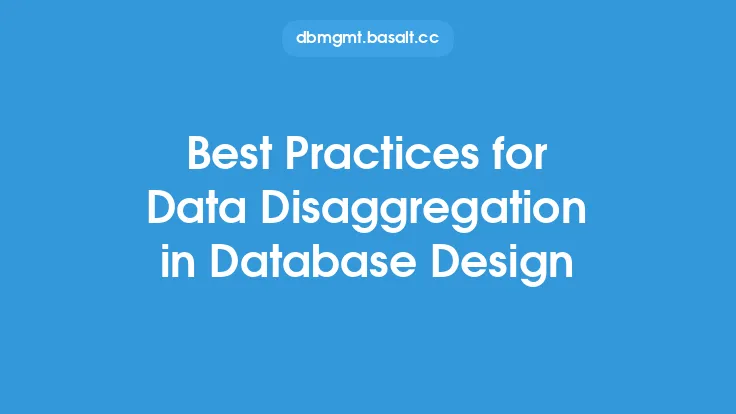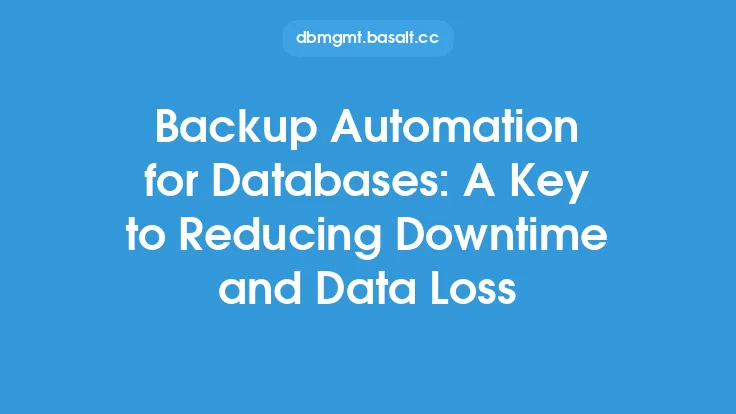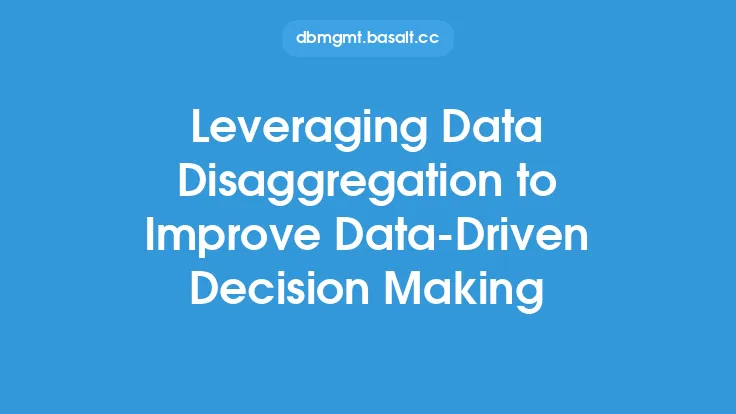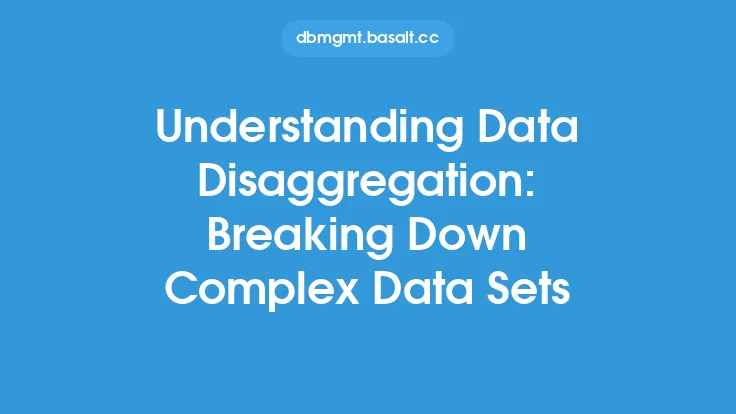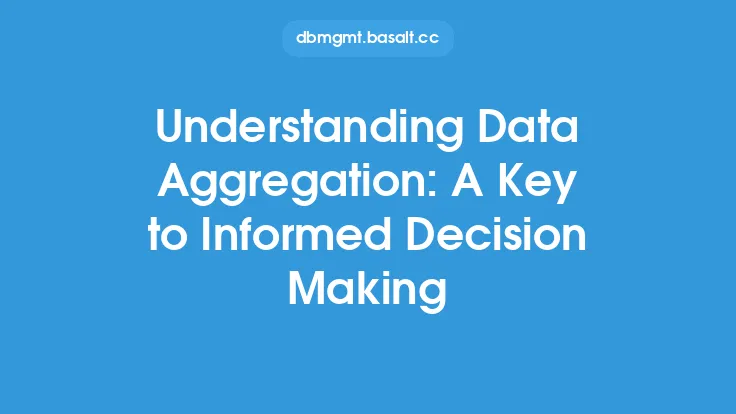Preparing data for machine learning involves several crucial steps, one of which is data disaggregation. This process is essential for transforming complex, aggregated data into a more granular and detailed format that can be effectively used by machine learning algorithms. Data disaggregation is a fundamental concept in data normalization, and its importance cannot be overstated. In this article, we will delve into the world of data disaggregation, exploring its significance, techniques, and applications in preparing data for machine learning.
Introduction to Data Disaggregation
Data disaggregation is the process of breaking down aggregated data into smaller, more detailed components. Aggregated data refers to data that has been combined or summarized from multiple sources, often resulting in a loss of detail and granularity. For instance, a company's sales data might be aggregated by region, hiding the individual sales figures for each store or product. Data disaggregation involves reversing this process, separating the aggregated data into its constituent parts to reveal the underlying patterns and trends.
Benefits of Data Disaggregation
Data disaggregation offers several benefits when preparing data for machine learning. Firstly, it allows for a more accurate representation of the data, as aggregated data can mask important details and nuances. By breaking down the data into smaller components, machine learning algorithms can capture these subtleties and make more informed predictions. Secondly, data disaggregation enables the identification of outliers and anomalies, which can have a significant impact on model performance. Finally, disaggregated data can be used to create more targeted and effective models, as the granular data can be used to train models that are tailored to specific subsets of the data.
Techniques for Data Disaggregation
There are several techniques used for data disaggregation, each with its strengths and weaknesses. One common approach is to use hierarchical clustering, which involves grouping similar data points together based on their characteristics. Another technique is to use dimensionality reduction methods, such as principal component analysis (PCA) or t-distributed Stochastic Neighbor Embedding (t-SNE), to reduce the number of features in the data while preserving the most important information. Additionally, data disaggregation can be performed using statistical methods, such as regression analysis or time series decomposition, to identify underlying patterns and trends in the data.
Data Disaggregation in Machine Learning
Data disaggregation plays a critical role in machine learning, as it enables the creation of more accurate and effective models. By breaking down aggregated data into smaller components, machine learning algorithms can capture the underlying patterns and relationships in the data. This, in turn, can lead to improved model performance, as the algorithms can make more informed predictions based on the granular data. Furthermore, data disaggregation can be used to identify the most important features in the data, allowing for the creation of more targeted and efficient models.
Challenges and Limitations
While data disaggregation is a powerful technique for preparing data for machine learning, it is not without its challenges and limitations. One of the main challenges is dealing with missing or incomplete data, which can make it difficult to accurately disaggregate the data. Additionally, data disaggregation can be a time-consuming and computationally intensive process, particularly for large datasets. Finally, there is a risk of over-disaggregation, where the data is broken down into too many components, leading to a loss of context and meaning.
Best Practices for Data Disaggregation
To ensure effective data disaggregation, several best practices should be followed. Firstly, it is essential to understand the underlying structure and patterns in the data, as this will inform the choice of disaggregation technique. Secondly, the data should be carefully cleaned and preprocessed to ensure that it is accurate and complete. Thirdly, the disaggregation technique should be carefully selected based on the characteristics of the data and the goals of the analysis. Finally, the results of the disaggregation should be carefully evaluated to ensure that they are meaningful and useful for machine learning.
Conclusion
Data disaggregation is a crucial step in preparing data for machine learning, as it enables the transformation of complex, aggregated data into a more granular and detailed format. By breaking down aggregated data into smaller components, machine learning algorithms can capture the underlying patterns and relationships in the data, leading to improved model performance and more accurate predictions. While data disaggregation presents several challenges and limitations, following best practices and carefully selecting the appropriate technique can help to ensure effective and meaningful results. As the field of machine learning continues to evolve, the importance of data disaggregation will only continue to grow, making it an essential skill for data scientists and analysts to master.
